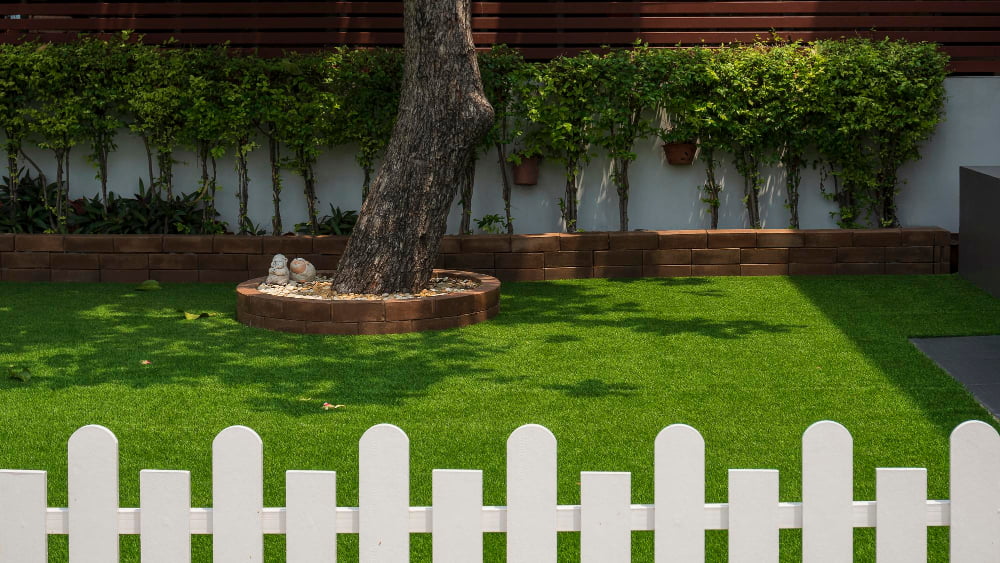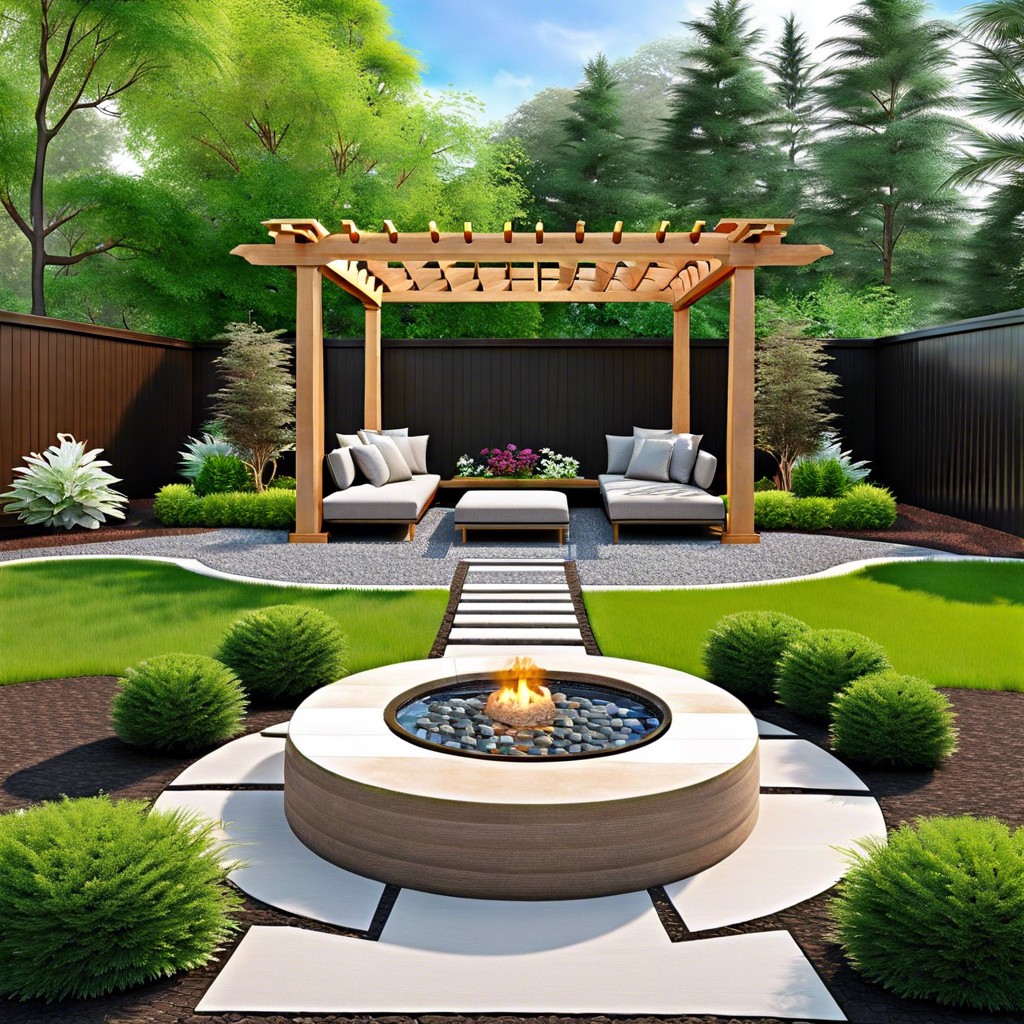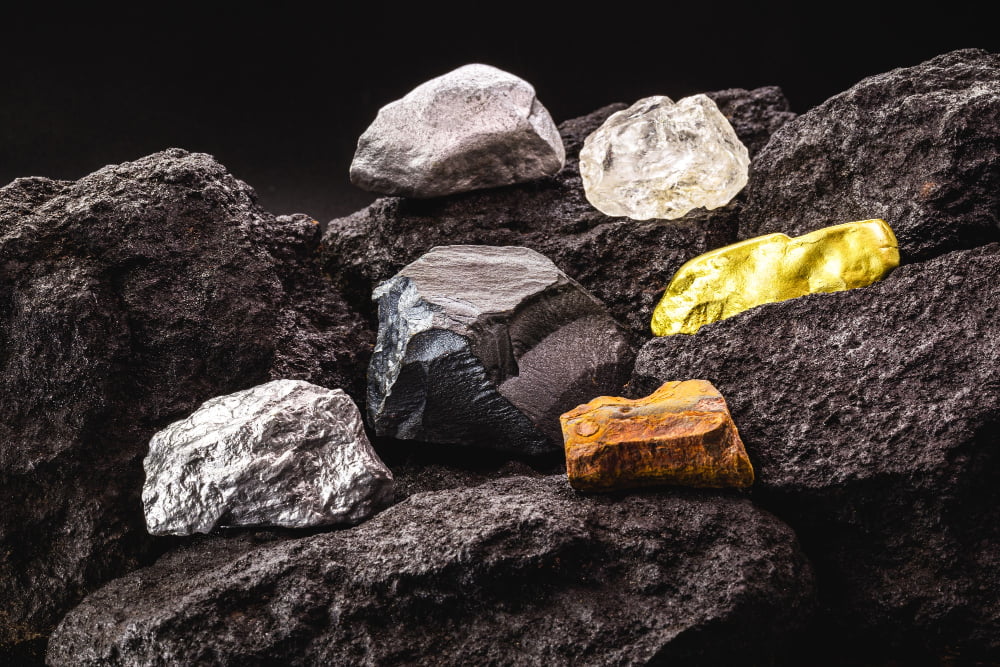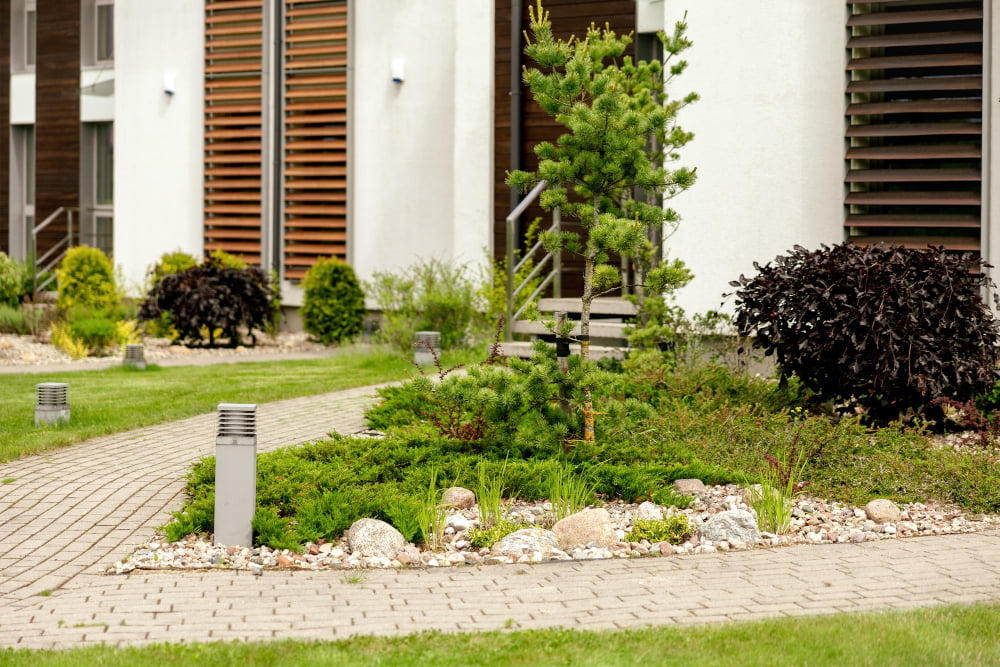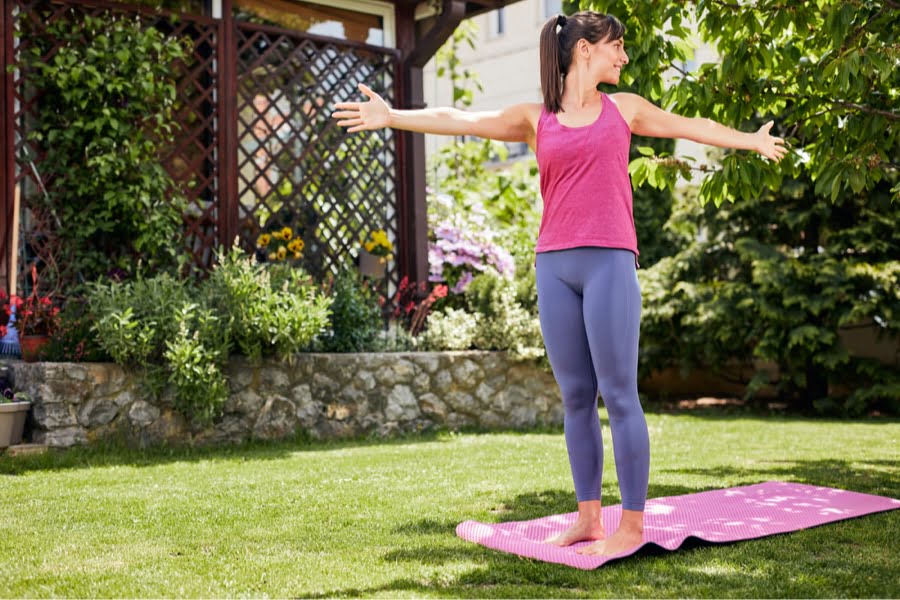The key principles of landscape design include creating unity and balance, using natural elements, considering the scale of the space, emphasizing focal points, and selecting appropriate plantings.
Landscape design is an art form that involves creating beautiful outdoor spaces. It involves creating a space that is both visually pleasing and functional, taking into account the natural environment, local climate, and the needs of those who will be using it.
Here are some fundamental principles to keep in mind when designing a landscape.
Harmony

It refers to the idea that all elements in a landscape should work together to create a unified and balanced composition. This means that each element should complement and enhance the others, creating an overall sense of harmony.
For example, if there are trees in a landscape, they should be arranged in such a way that their shapes and colors blend together naturally. Similarly, hardscaping elements like pathways or walls should be designed to fit into the overall aesthetic of the space without clashing with other features.
By creating harmony between different elements within a landscape design, it can become more visually appealing and inviting for people to enjoy.
Balance
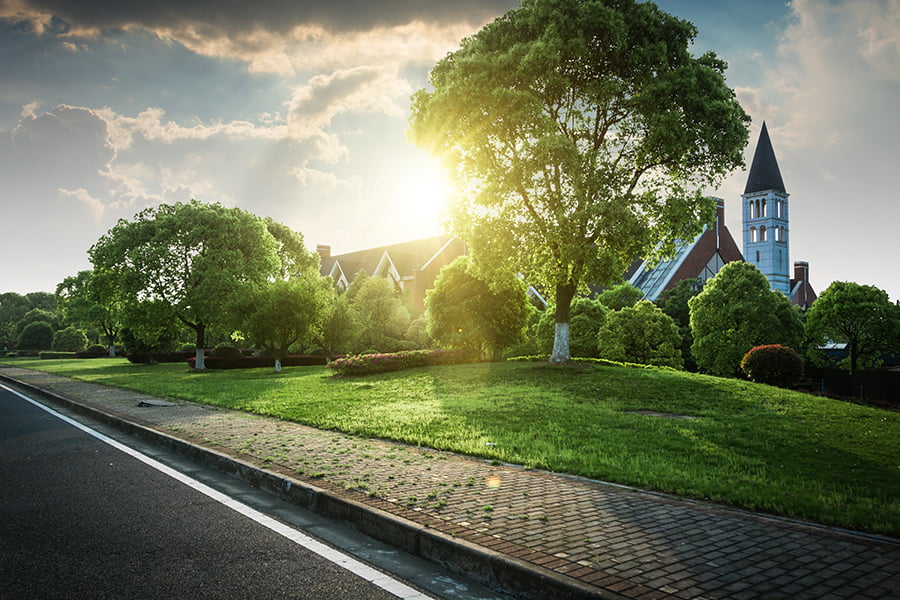
It refers to the visual equilibrium created by arranging elements in a space so that no one element dominates or appears out of proportion. Balance can be achieved through symmetrical and asymmetrical designs, as well as through the use of color, texture, form, and scale.
Symmetrical balance is when both sides of a space are equal in size and shape; this type of balance creates a sense of order and stability. Asymmetrical balance occurs when two sides are different but still appear balanced; this type of balance adds interest to a space while still maintaining harmony.
Color, texture, form, and scale can also be used to create balance in a landscape design; for example, using contrasting colors or textures on either side can help create visual equilibrium. By incorporating these principles into your landscape design you will achieve an aesthetically pleasing outdoor environment that looks balanced and harmonious.
Proportion
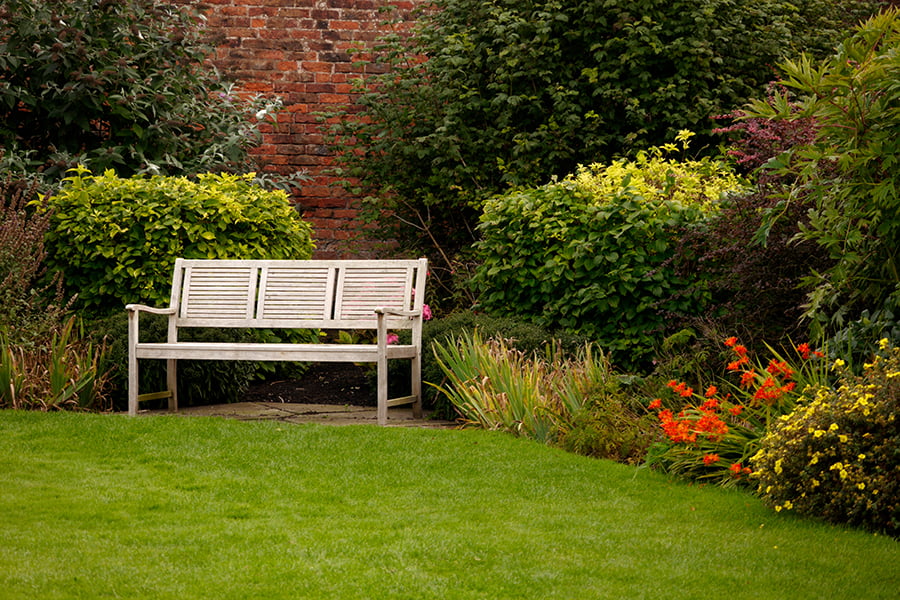
It refers to the size and scale of elements in a landscape, such as plants, structures, and pathways. Proportion helps create balance and harmony in a landscape by ensuring that all elements are appropriately sized relative to each other.
For example, if one element is too large or too small compared to the others it can disrupt the overall look of the space. When designing with proportion in mind, it’s important to consider how different elements will interact with each other when placed together.
This includes considering how much space should be allocated for each element so that they don’t overpower or become lost within the overall design. Using repetition can help create visual interest while still maintaining balance throughout a landscape design.
Scale
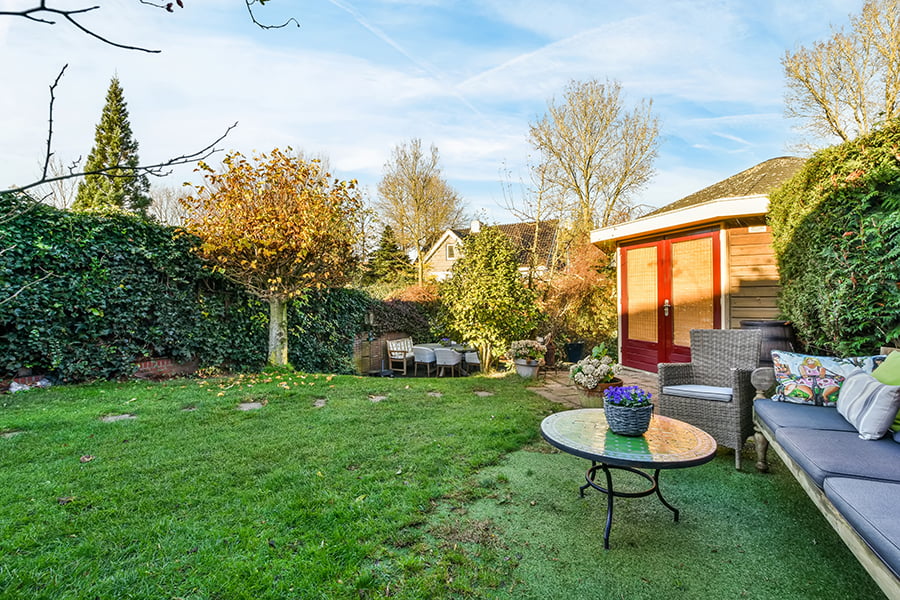
It refers to the size and proportion of elements in a landscape, such as plants, structures, and hardscapes. When designing a landscape, it is important to consider how each element will look in relation to the other elements.
For example, if you are planting trees or shrubs that will grow large over time, they should be placed far enough apart so that they do not overcrowd each other when fully grown. Similarly, if you are adding a structure like a patio or gazebo to your yard, it should be sized appropriately for the space available so that it does not overwhelm the area.
By considering scale when designing your landscape you can create an aesthetically pleasing outdoor space that looks balanced and harmonious.
Texture
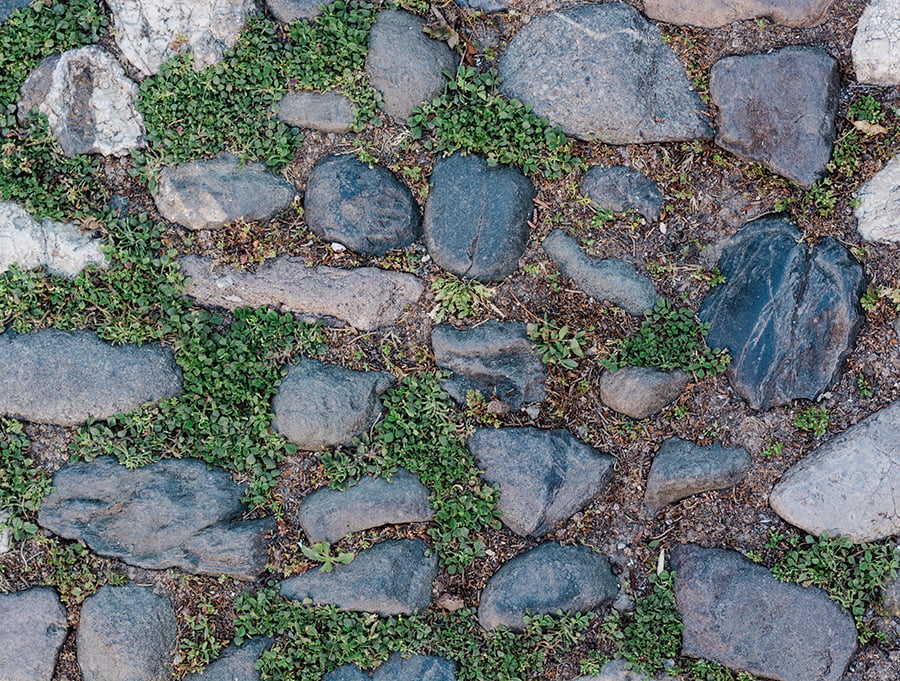
It refers to the visual and tactile qualities of a surface, such as roughness, smoothness, softness, or hardness. Texture can be used to create contrast in a landscape design by combining different textures together.
For example, a combination of hard surfaces like stone and gravel with softer surfaces like grass or mulch can create an interesting visual effect. Texture also helps define spaces within the landscape; for example, using different textures on pathways or around seating areas can help distinguish them from other parts of the garden.
Texture can be used to add depth and dimension to a space; for instance, adding textured plants such as ornamental grasses or shrubs will give your garden more interest than just flat green lawns alone.
Color

It can be used to create a mood, draw attention to certain features, and add visual interest. Color can also be used to create contrast and balance in the landscape.
When selecting colors for a landscape design, it is important to consider the existing color palette of the area as well as any other elements that may affect the overall look of the space. For example, if there are trees or shrubs with bright foliage nearby, they should be taken into account when choosing colors for your design.
It is important to choose colors that complement each other and work together harmoniously in order to achieve a cohesive look throughout the entire space.
Form/Shape
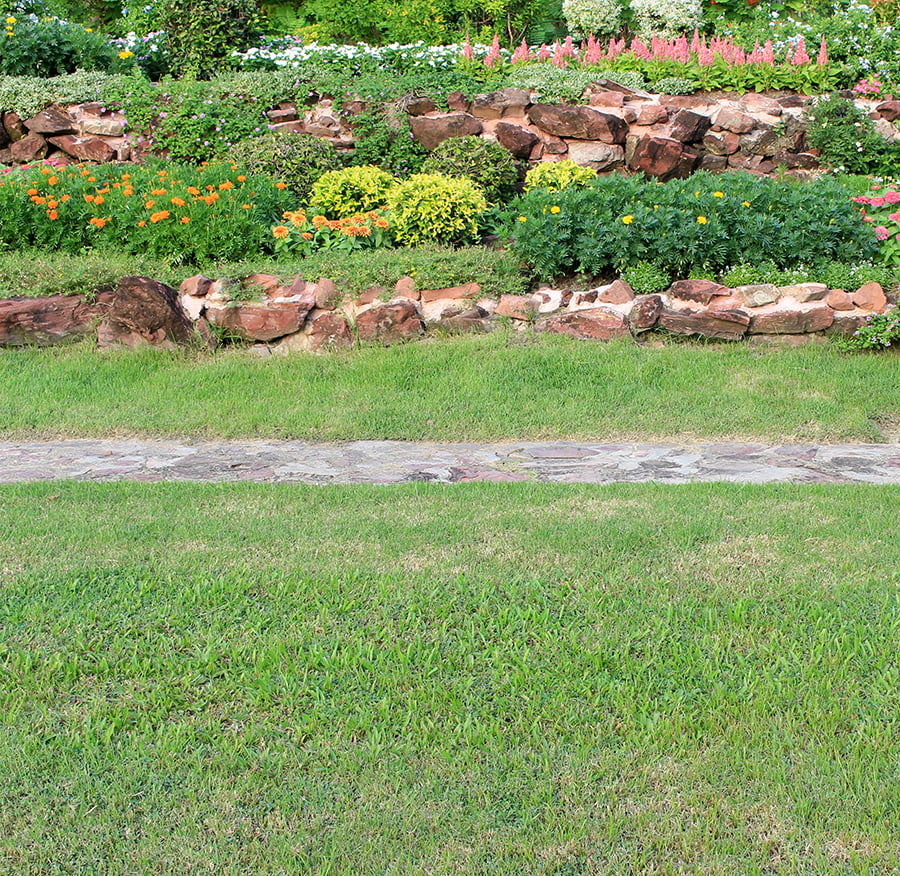
It refers to the overall shape and structure of a landscape, including its curves, lines, and angles. Form/Shape can be used to create visual interest in a landscape by creating contrast between different elements such as plants, hardscaping materials, and structures.
For example, curved pathways or walls can be used to break up straight lines in a garden or yard. Form/Shape also helps define spaces within a landscape by providing boundaries that separate areas for different uses such as seating areas or play spaces.
Form/shape can help direct people’s attention towards certain features within the landscape like focal points or water features.
Functionality/Utility
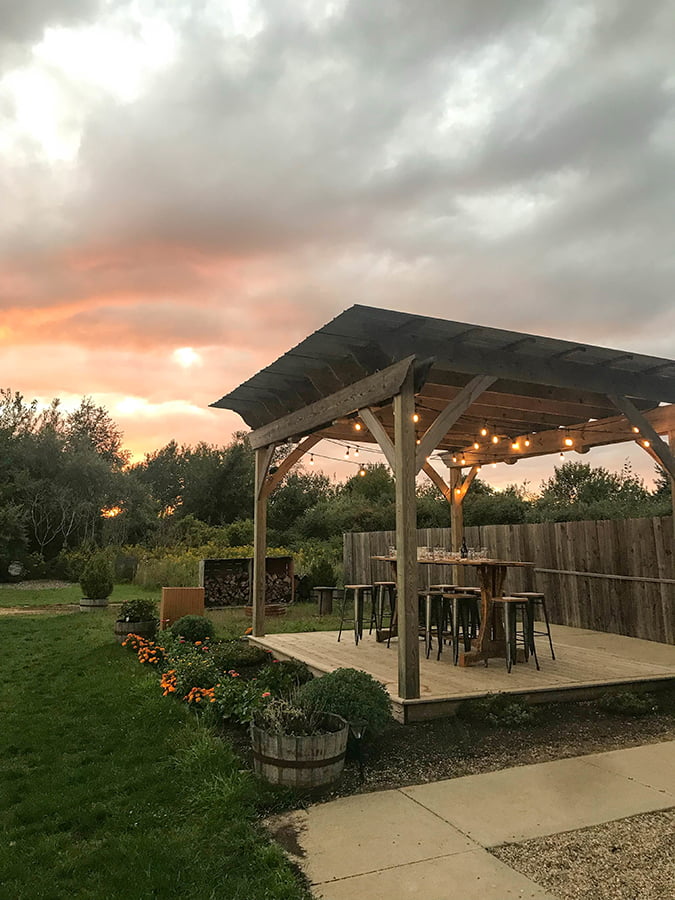
This principle focuses on creating a space that is both practical and aesthetically pleasing. It involves considering how people will use the space, what activities they will be engaging in, and how to make those activities as comfortable and enjoyable as possible.
Functionality/Utility also includes making sure that all elements of the landscape are designed with purpose in mind; for example, selecting plants that provide shade or privacy, adding seating areas for relaxation or conversation, and incorporating pathways to allow easy access throughout the area. This principle emphasizes using materials that are durable enough to withstand weather conditions and other environmental factors while still looking attractive.
By taking into account functionality/utility when designing a landscape, it can become an inviting place where people can enjoy spending time outdoors.
